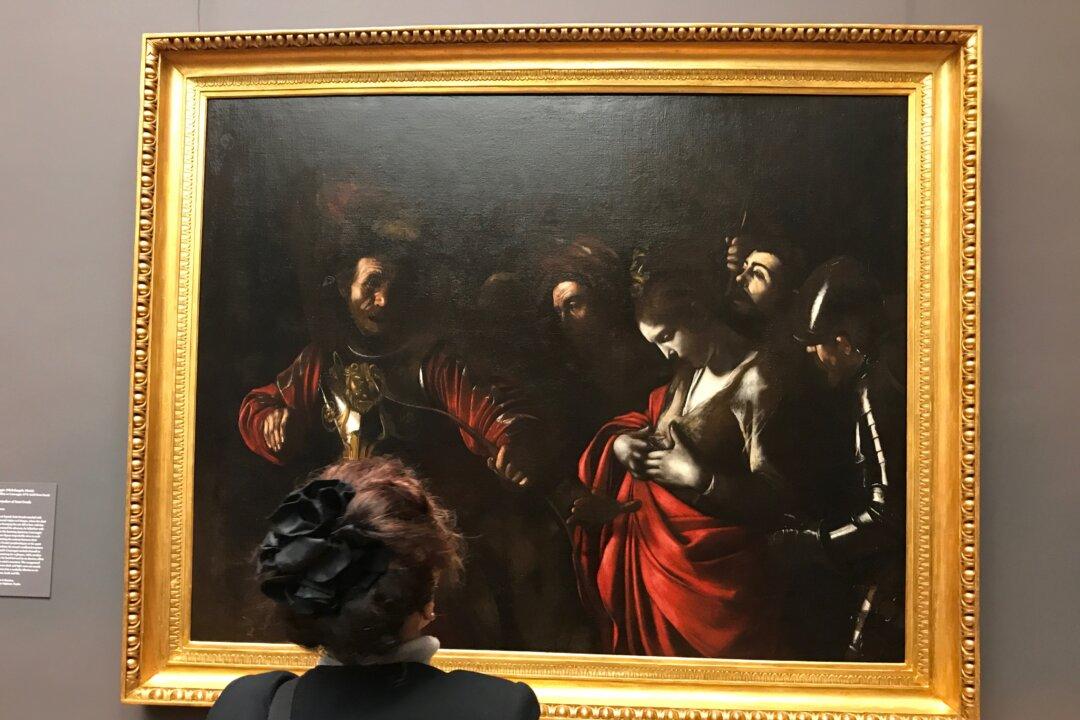NEW YORK—Expressions of denial, guilt, and regret are written all over the faces of the main figures in the last two works of the Italian old master Michelangelo Merisi da Caravaggio (1571–1610).
“The Martyrdom of Saint Ursula,” an exceptional loan from the Banca Intesa Sanpaolo in Naples, can now be seen side by side with The Metropolitan Museum of Art’s own “The Denial of Saint Peter.” Caravaggio painted them just a few months before his death, during what art scholars call his Black Period.






